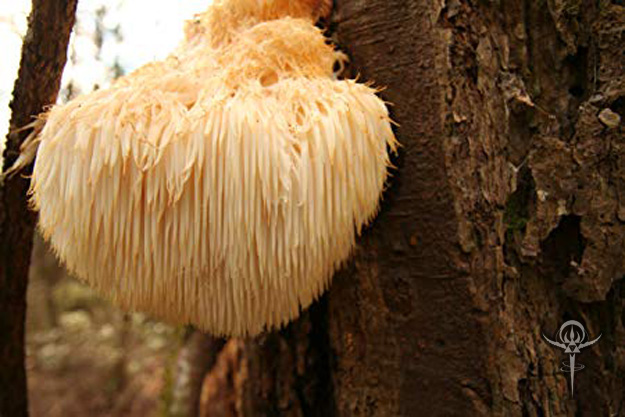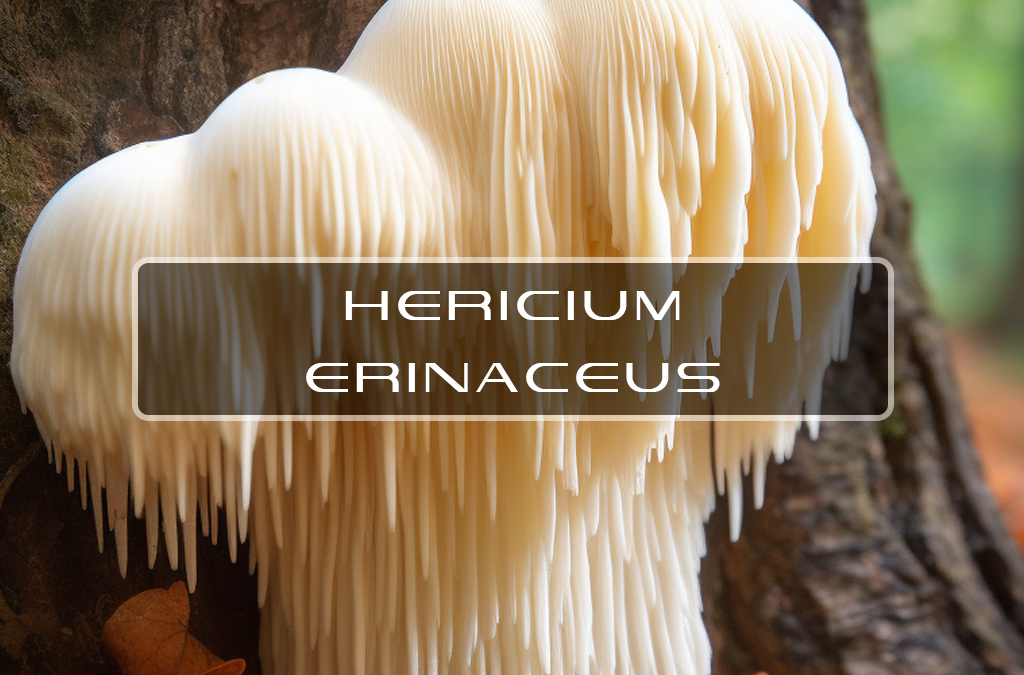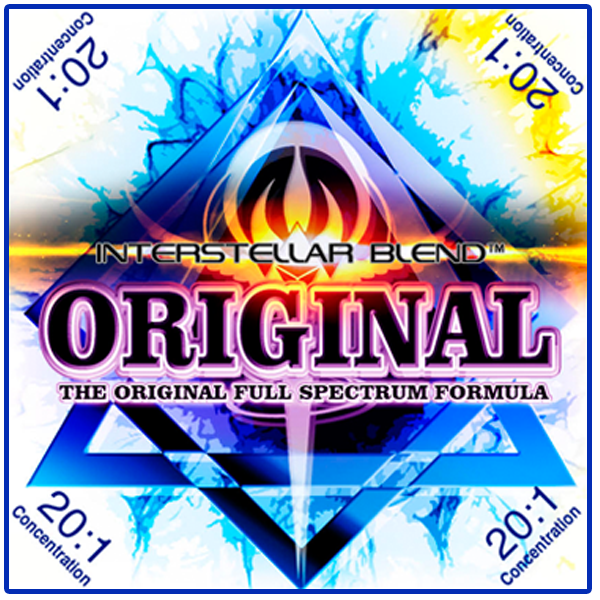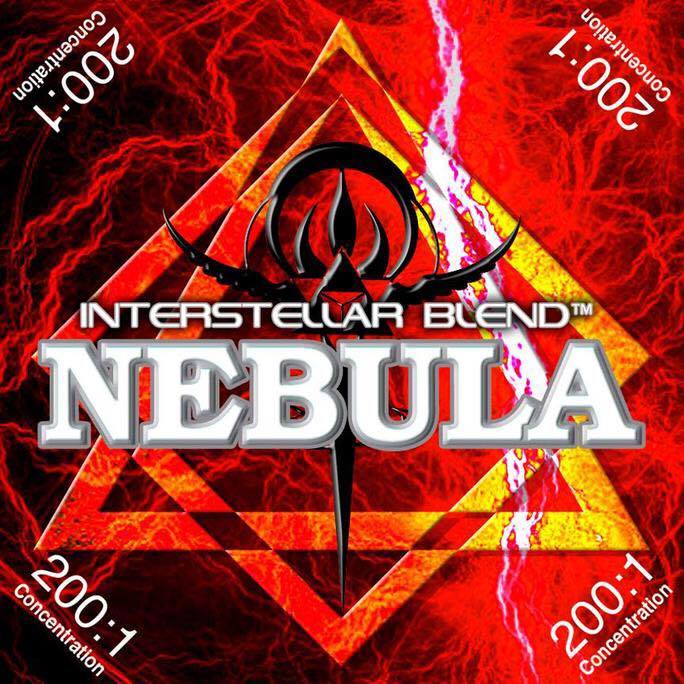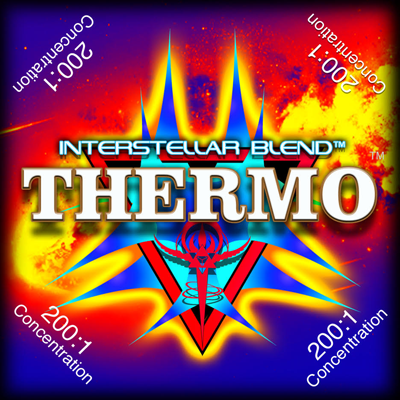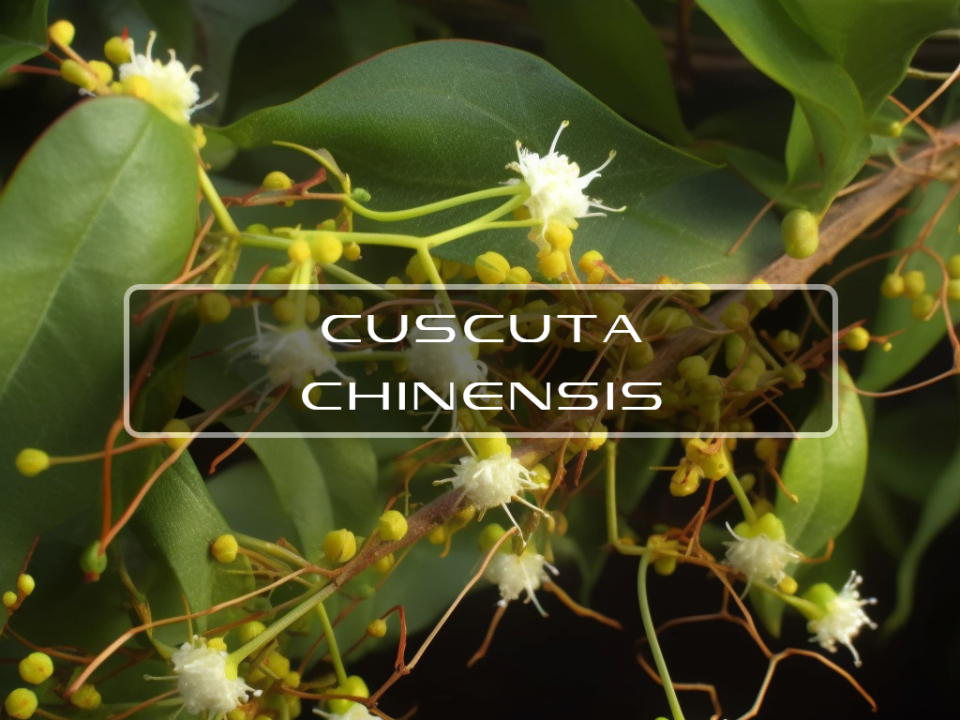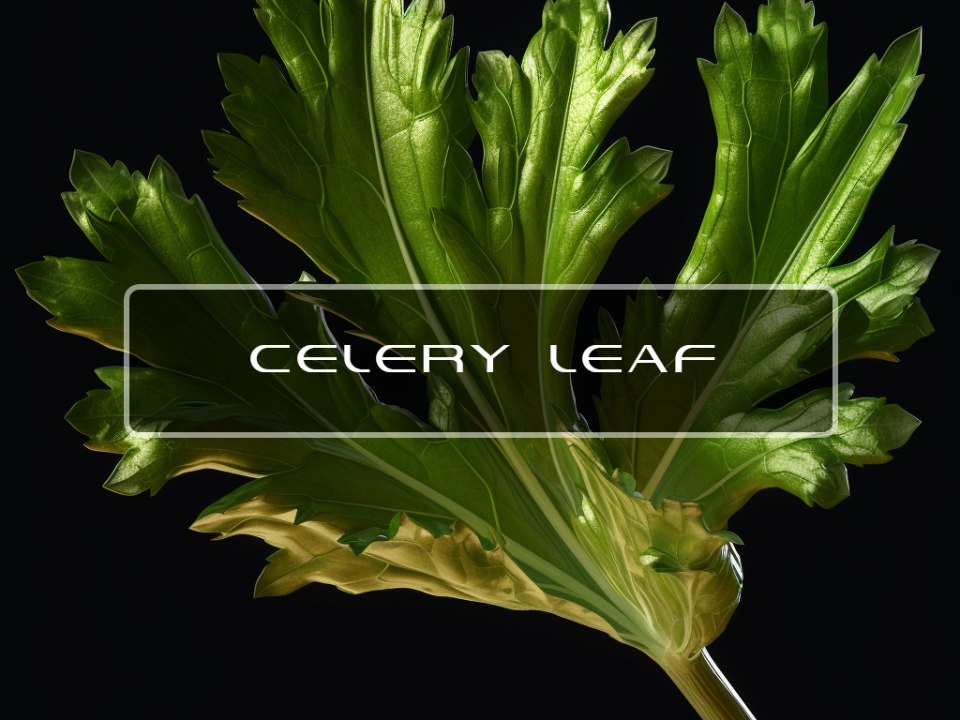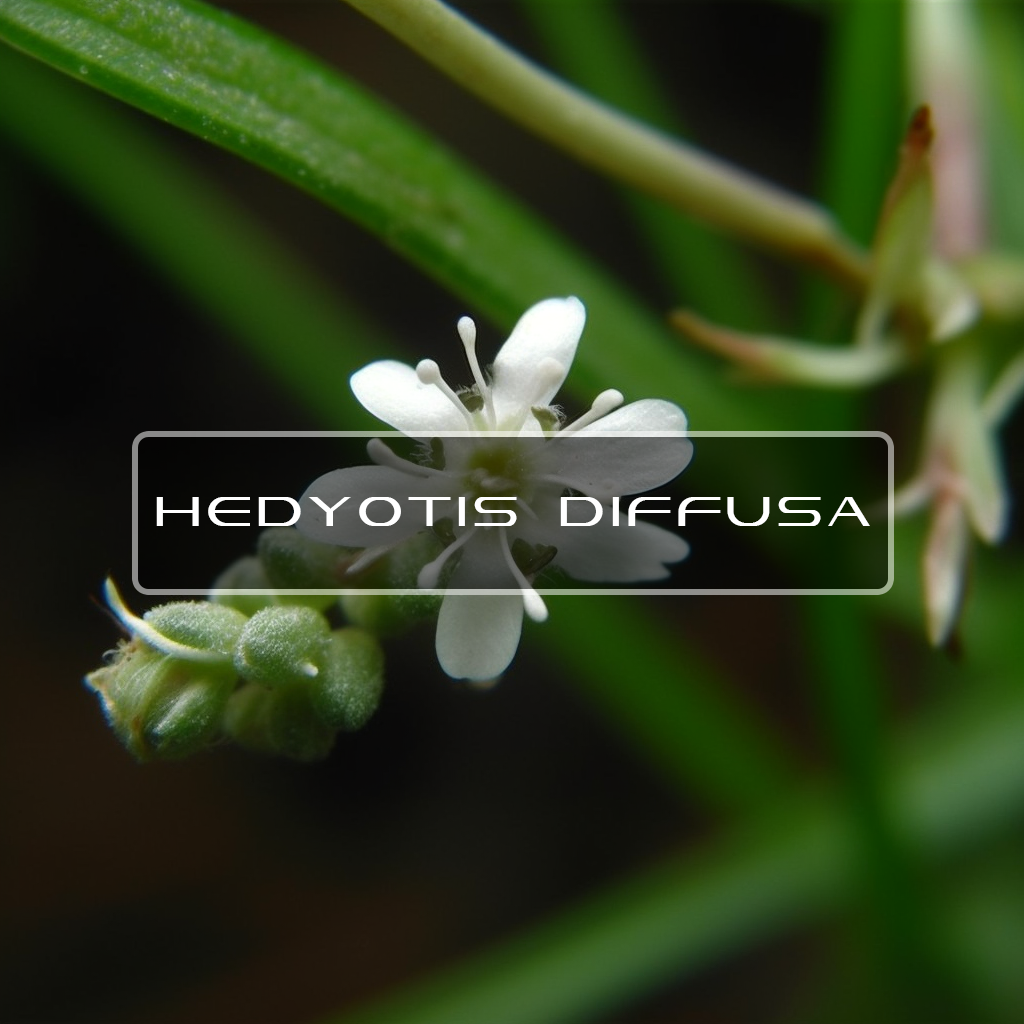
Hedyotis Diffusa Willd
September 17, 2018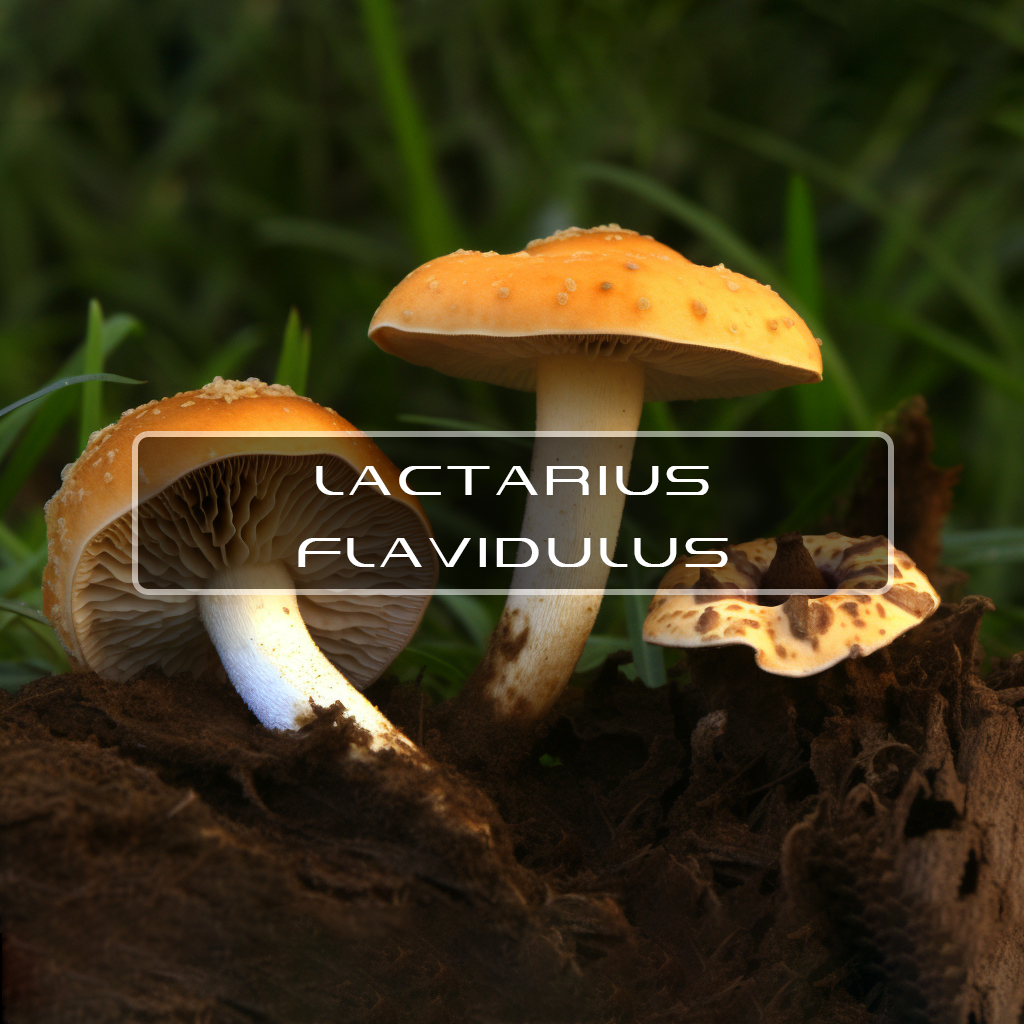
Lactarius Flavidulus
September 17, 2018Hericium Erinaceus

It is also known as Hou To Gu or the Bearded Tooth Fungus and has been used in many Asian countries as a type of culinary and medicinal uses. When cooked or eaten raw it has been said to have a similar taste to that of sea food. This mushroom contains many bioactive compounds that has amazing effects on our body and brain.
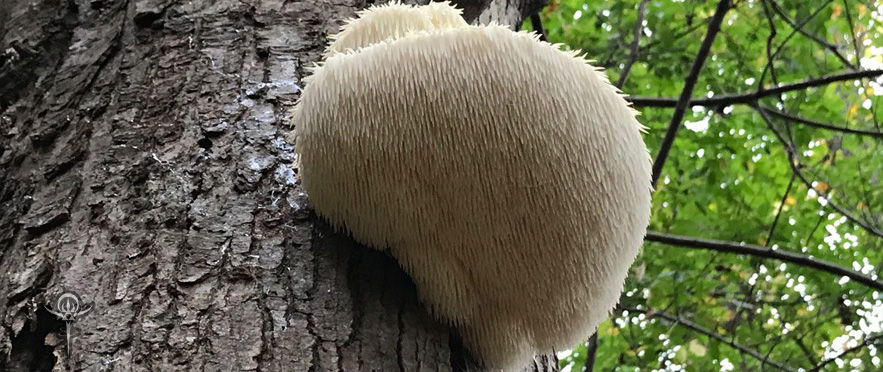
Benefits of Hericium Erinaceus
Daily intraperitoneal (ip) injections of HWE and MWE for 2 weeks significantly reduced tumor weights by 38 and 41%
Reduced COX-2 and 5-LOX expression down-regulated VEGF expression, resulting in inhibition of neo-angiogenesis inside the tumors. The results indicate that induction of NK activity, activation of macrophages, and inhibition of angiogenesis all contribute to the mechanism of reduction of tumor size.
In this study, Hericium erinaceus and Hericium laciniatum were separately cultivated in a shaker at 25 degrees C for 25 days.
The results revealed that both polysaccharides had significant anti-artificial pulmonary metastatic tumor effects in mice (p < 0.05).
Apoptosis - It has been demonstrated that the Hericium erinaceus (HE) mushroom, which primarily consists of polysaccharides, possesses anti-tumor activities.
Our study demonstrates that HE acts as an enhancer to sensitize doxorubicin (Dox)-mediated apoptotic signaling.
These findings suggest that HE in combination with Dox serves as an effective tool for treating drug-resistant human hepatocellular carcinoma.
In the present study, we evaluated hot water (HWE), microwaved 50% ethanol (MWE), acidic (ACE), and alkaline (AKE) extracts of the fruitbody (sporocarp) of Hericium erinaceus (Yamabushitake, Lion's Mane) mushrooms for their ability to induce apoptosis (programmed cell death) in U937 human monocytic leukemia cells.
The results of the bioassays with the active extracts are consistent with an apoptosis mechanism governing suppression of the cell proliferation pathway that involves activation of mitochondria-mediated caspase-3 and caspase-9 but not caspase-8.
The results indicate that H. erinaceus mushrooms may have therapeutic potential against human leukemia.
The aim of the studies was to evaluate the anticancer efficacy of two extracts (HTJ5 and HTJ5A) from the culture broth of HE against three gastrointestinal cancers such as liver, colorectal and gastric cancers in both of in vitro of cancer cell lines and in vivo of tumor xenografts and discover the active compounds.
HE extracts (HTJ5 and HTJ5A) are active against liver cancer HepG2 and Huh-7, colon cancer HT-29 and gastric cancer NCI-87 cells in vitro and tumor xenografts bearing in SCID mice in vivo. They are more effective and less toxic compared to 5-FU in all four in vivo tumor models.
This study investigated the antimetastatic activity of four Hericium erinaceus edible mushroom extracts using CT-26 murine colon carcinoma cells as an indicator of inhibition of cell migration to the lung.
These results demonstrate the effectiveness of HWE and MWE as beneficial antimetastatic agents, targeting their upstream signaling molecules for mediating the expression of the ECM-degrading proteinases.
H. erinaceus edible mushrooms have the potential to serve as a health-promoting functional food.
A new cerebroside, cerebroside E (1) was isolated from the fruiting bodies of Hericium erinaceus (Hericiaceae).
These results collectively reflect the beneficial effects of compound 1 in cancer treatment.
Antimutagenic Effects - In this study, water and ethanol extracts of the mycelium and fruiting body of Hericium erinaceus were examined by the Ames test using Salmonella typhimurium TA98 to screen for antimutagenic effects against 5 mutagens: AFB1, B[a]P, Glu-P-1, NQNO, and Trp-P-1.
This suggests that the antimutagenicity of the extracts is heat-labile. The ethanol extract from mycelium or fruiting body had better antimutagenic effects than did the water extract (p < 0.05). Also, the extract from the fruiting body had better antimutagenic effects than did that from the mycelium.
Neuro-Protective - This study aimed to demonstrate whether efficacy of oral administration of H. erinaceus mycelium (HEM) and its isolated diterpenoid derivative, erinacine A, can act as an anti-neuroinflammatory agent to bring about neuroprotection using an MPTP (1-methyl-4-phenyl-1,2,3,6-tetrahydropyridine) mouse model of Parkinson’s disease, which results in motor disturbances, in addition to elucidating the mechanisms involved.
These physiological and brain histological changes provide HEM neuron-protective insights into the progression of Parkinson’s disease, and this protective effect seems to exist both in vivo and in vitro.
